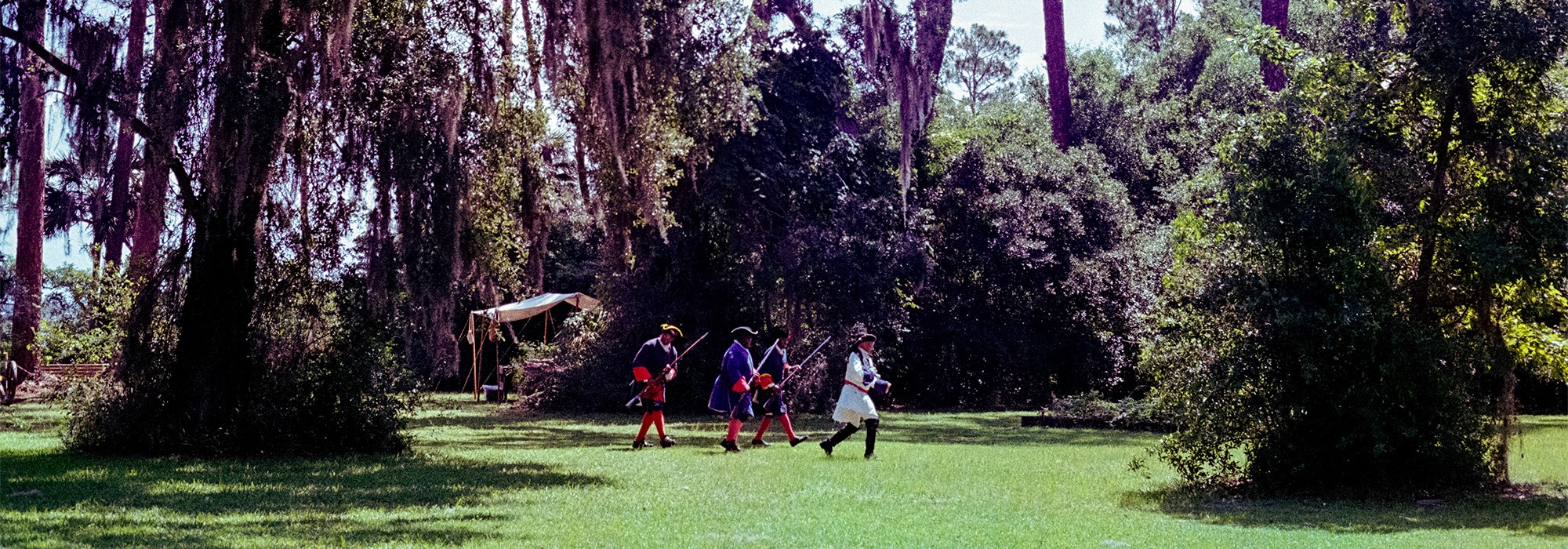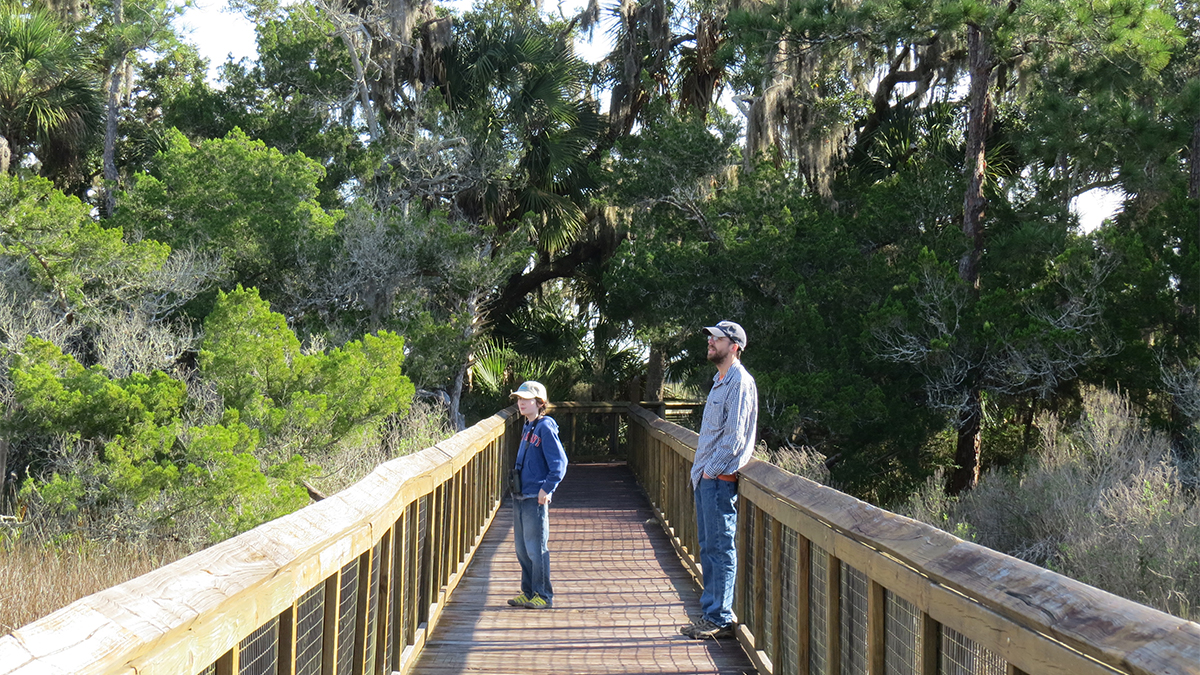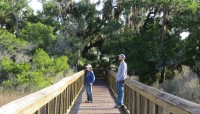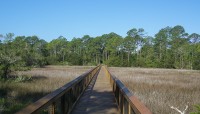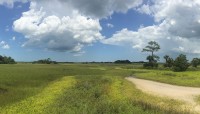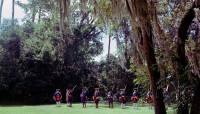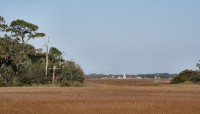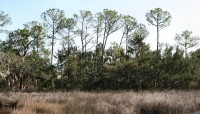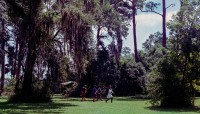Landscape Information
Located northeast of Route 1 and less than two miles west of the Atlantic Ocean, this approximately 40-acre park marks the location of one of the first legally sanctioned free African settlements in what is now the United States. Established in 1738 by the Spanish government to protect the northern boundary of St. Augustine, it was populated primarily by self-emancipated Africans who escaped from British colonies in South Carolina and Georgia.
Destroyed by British troops in 1740, it was rebuilt in 1752 near its original location, featuring a fort (enclosed by walls and framed by a moat and river), palm thatch dwellings, a church, and agricultural fields. After residents migrated to Cuba in 1763 the fortified settlement was utilized by British troops and abandoned in 1812. The site, originally characterized by dry uplands, was dredged by industrialist Henry Flagler in the late nineteenth century.
Acquired by the state in 1989, the park includes maritime hammocks, an expansive salt marsh, and a shell mound island (the site of the second fort). The western most hammock, populated with live oak, red bay, yaupon holly, and wax myrtle, frames a clearing occupied by a visitor center and outdoor interpretive area. South of the visitor center a linear 650-foot boardwalk extends over a salt marsh, providing expansive views. Efforts are underway to reconstruct the 1738 fort.
The site was listed in the National Register of Historic Places and designated a National Historic Landmark in 1994. In 2009 Fort Mose was included in the National Park Service Underground Railroad Network to Freedom as a “a tangible remnant of early attempts by African Americans to gain their freedom.” In 2019 it was listed on the UNESCO Route of Enslaved Peoples.



